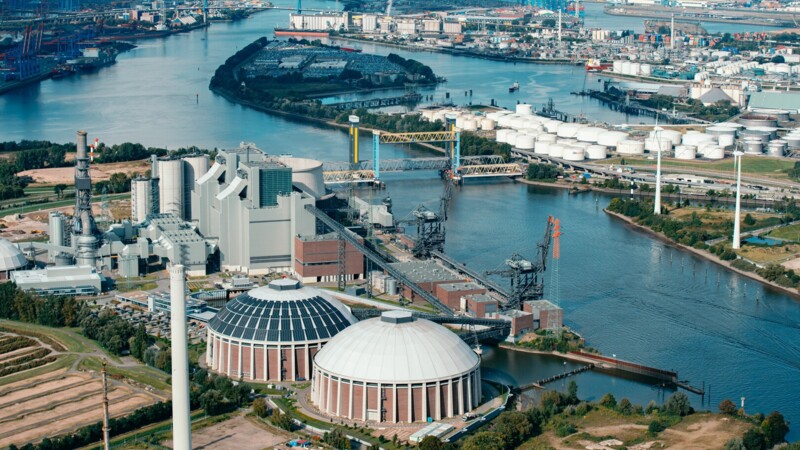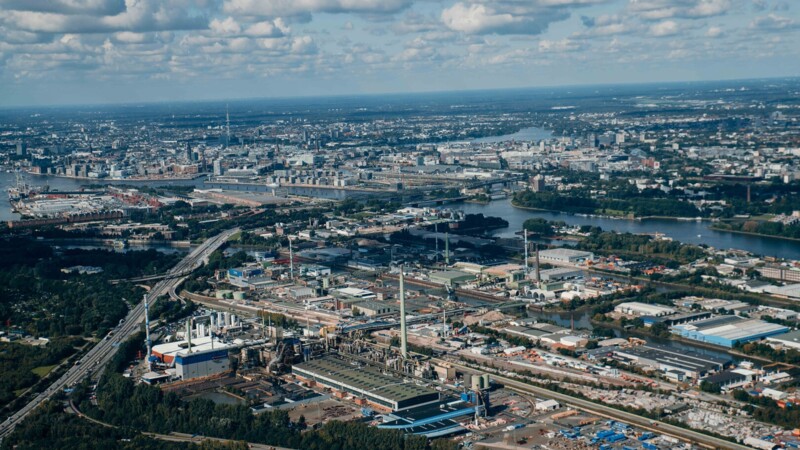Each cavern should hold about 7,500 tonnes of hydrogen, which covers the needs of a regional steel mill that consumes about 140 tonnes of hydrogen per day for two months, Storengy said. Salt caverns have proven to be suitable storage sites for gases due to their natural impermeability. Two caverns now used to store natural gas will be converted for H2 storage. As a result, the Stade region will become a hydrogen hub. Various projects along the entire hydrogen value chain are currently being carried out locally.
Storengy Deutschland announced Tuesday (June 11, 2024) plans to build new underground caverns to store up to 15,000 tonnes of hydrogen in Hersfeld as part of the "SaltHy" project. This would expand its natural gas storage facility there. The first salt cavern is due to go into operation in 2030 followed by a second in 2034.
Metropolitan region - now hydrogen hub in north
Direct links to European transport network
"Hydrogen storage facilities are the missing piece of the puzzle for connecting the import terminal, regional production using electrolysis, the ‘Hyperlink’ hydrogen transport network, the ‘Hamburg Green Energy Hub’ distribution network and consumption centres from the energy-intensive industry in the best possible way," said Ute Kück, Mayor of the joint municipality of Harsefeld near Stade. The future hydrogen storage facility is located in the centre of the European hydrogen core network "EU Hydrogen Backbone" in northern Germany, part of which is due to go into operation in 2028. This will connect the storage facility to the European transport network. The EU has designated the SaltHy flagship project for developing a green hydrogen economic sector “a project of common European interest” and a key element of Europe's energy transition.
mm/sb/pb
Sources and further information
More
Similar articles

"SH2unter@ports" project underway in ports of Hamburg and Bremen

Hamburger Energiewerke purchases cogeneration plant in Moorburg

More hydrogen-driven freight transport thanks to Clean Cargo Connect
